Refine search
Actions for selected content:
2002 results in Engineering design, kinematics, and robotics
Index
-
- Book:
- A Guide to Hands-on MEMS Design and Prototyping
- Published online:
- 07 September 2011
- Print publication:
- 25 August 2011, pp 158-166
-
- Chapter
- Export citation
6 - Fluidic MEMS
-
- Book:
- A Guide to Hands-on MEMS Design and Prototyping
- Published online:
- 07 September 2011
- Print publication:
- 25 August 2011, pp 118-134
-
- Chapter
- Export citation
3 - Electrostatic Actuation
-
- Book:
- A Guide to Hands-on MEMS Design and Prototyping
- Published online:
- 07 September 2011
- Print publication:
- 25 August 2011, pp 58-73
-
- Chapter
- Export citation
7 - Package and Test
-
- Book:
- A Guide to Hands-on MEMS Design and Prototyping
- Published online:
- 07 September 2011
- Print publication:
- 25 August 2011, pp 135-143
-
- Chapter
- Export citation
5 - Thermal MEMS
-
- Book:
- A Guide to Hands-on MEMS Design and Prototyping
- Published online:
- 07 September 2011
- Print publication:
- 25 August 2011, pp 98-117
-
- Chapter
- Export citation
Plate section
-
- Book:
- A Guide to Hands-on MEMS Design and Prototyping
- Published online:
- 07 September 2011
- Print publication:
- 25 August 2011, pp -
-
- Chapter
- Export citation
8 - From Prototype to Product: MEMS Deformable Mirrors for Adaptive Optics
-
- Book:
- A Guide to Hands-on MEMS Design and Prototyping
- Published online:
- 07 September 2011
- Print publication:
- 25 August 2011, pp 144-157
-
- Chapter
- Export citation
1 - Introduction
-
- Book:
- A Guide to Hands-on MEMS Design and Prototyping
- Published online:
- 07 September 2011
- Print publication:
- 25 August 2011, pp 1-33
-
- Chapter
- Export citation
Frontmatter
-
- Book:
- A Guide to Hands-on MEMS Design and Prototyping
- Published online:
- 07 September 2011
- Print publication:
- 25 August 2011, pp i-iv
-
- Chapter
- Export citation
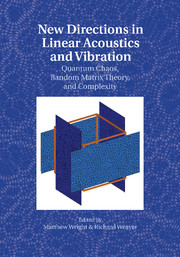
New Directions in Linear Acoustics and Vibration
- Quantum Chaos, Random Matrix Theory and Complexity
-
- Published online:
- 05 October 2010
- Print publication:
- 26 July 2010
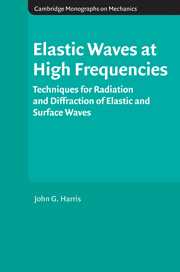
Elastic Waves at High Frequencies
- Techniques for Radiation and Diffraction of Elastic and Surface Waves
-
- Published online:
- 05 October 2010
- Print publication:
- 22 July 2010
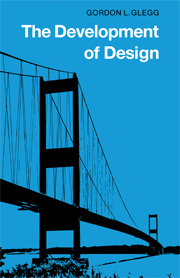
The Development of Design
-
- Published online:
- 07 September 2010
- Print publication:
- 23 April 1981
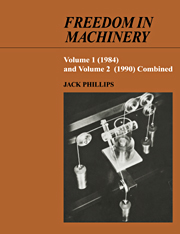
Freedom in Machinery
-
- Published online:
- 07 September 2010
- Print publication:
- 22 February 2007
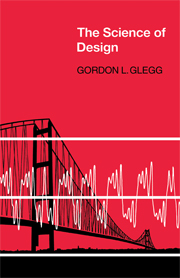
The Science of Design
-
- Published online:
- 04 August 2010
- Print publication:
- 29 November 1973
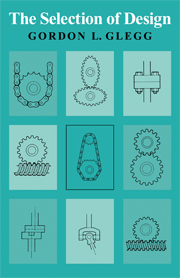
The Selection of Design
-
- Published online:
- 04 August 2010
- Print publication:
- 23 November 1972
2 - Wave Chaos for the Helmholtz Equation
-
-
- Book:
- New Directions in Linear Acoustics and Vibration
- Published online:
- 05 October 2010
- Print publication:
- 26 July 2010, pp 24-41
-
- Chapter
- Export citation
Frontmatter
-
- Book:
- New Directions in Linear Acoustics and Vibration
- Published online:
- 05 October 2010
- Print publication:
- 26 July 2010, pp i-iv
-
- Chapter
- Export citation
1 - The Semiclassical Trace Formula
-
-
- Book:
- New Directions in Linear Acoustics and Vibration
- Published online:
- 05 October 2010
- Print publication:
- 26 July 2010, pp 5-23
-
- Chapter
- Export citation
Index
-
- Book:
- New Directions in Linear Acoustics and Vibration
- Published online:
- 05 October 2010
- Print publication:
- 26 July 2010, pp 271-274
-
- Chapter
- Export citation
5 - Short Periodic Orbit Theory of Eigenfunctions
-
-
- Book:
- New Directions in Linear Acoustics and Vibration
- Published online:
- 05 October 2010
- Print publication:
- 26 July 2010, pp 77-95
-
- Chapter
- Export citation
